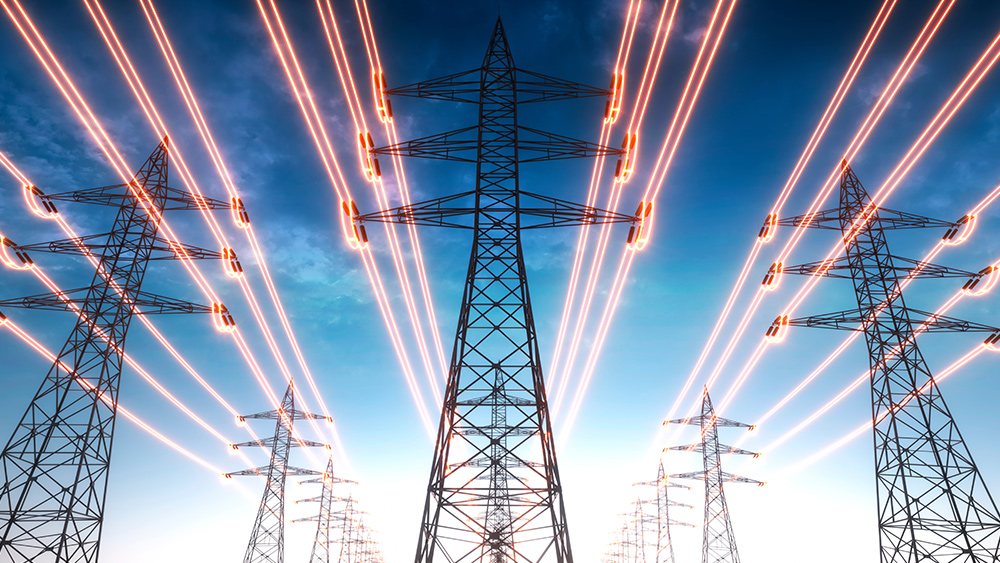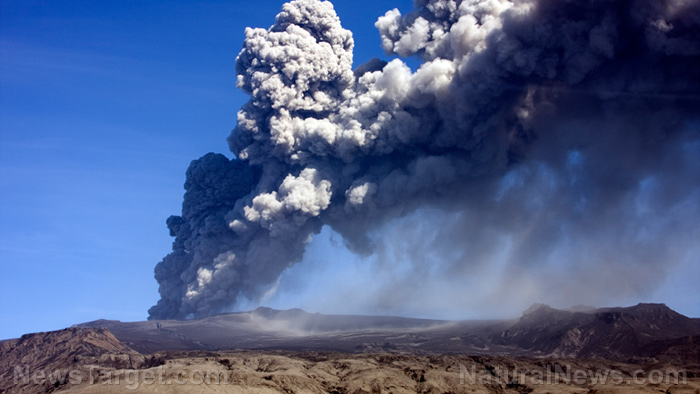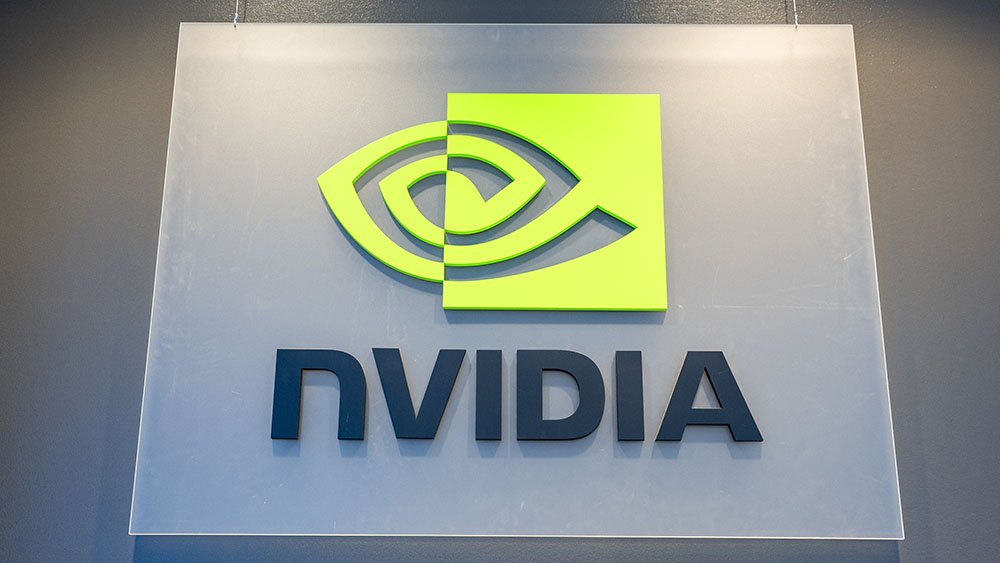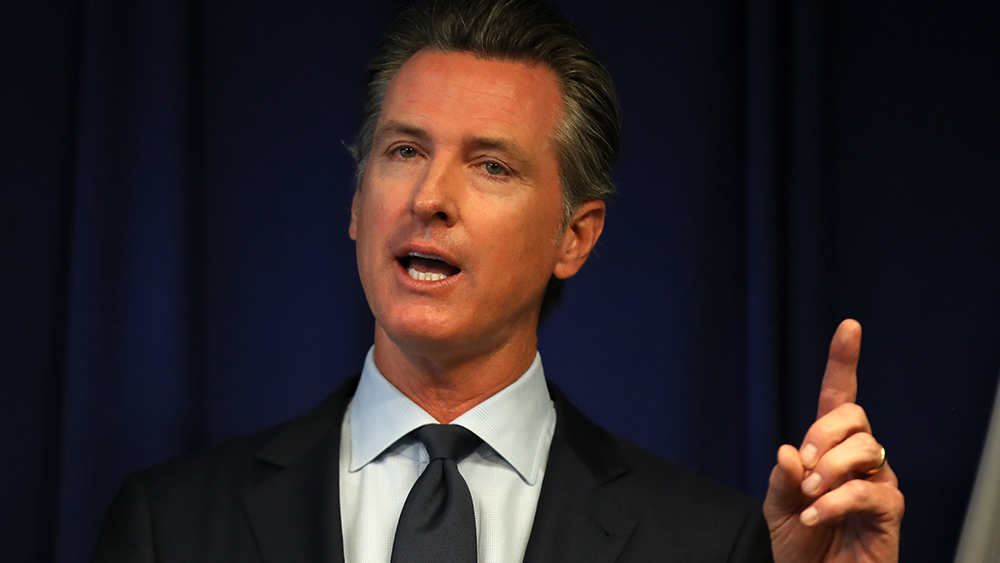 Parler
Parler Gab
Gab
- Seven major U.S. grid operators warned Congress of an impending electricity capacity crisis, citing surging demand from data centers, AI, electrification and economic growth outpacing infrastructure development, threatening grid reliability.
- Rapid load growth — driven by data centers, electrification and extreme weather — is colliding with the accelerated retirement of dispatchable fossil fuel plants, creating a reliability mismatch, especially during peak winter periods.
- Transmission expansion plans (e.g., $30B in MISO, $6.9B in SPP) and interconnection queue reforms are underway, but backlogs (e.g., 253 GW in PJM’s queue) persist, while renewable additions fail to fully offset retiring thermal generation’s reliability attributes.
- Grid operators are implementing capacity market changes, seasonal procurement (ISO-NE) and tools like probabilistic risk modeling (MISO, ISO-NE) while urging temporary extensions for retiring dispatchable resources to prevent shortfalls.
- Operators emphasized the need for cross-state/federal collaboration to address structural gaps, warning that inaction risks blackouts, undermines decarbonization goals and jeopardizes national energy security.
Who runs the grid?
The entities represented at the hearing are regional transmission organizations (RTOs) and independent system operators (ISOs), nonprofit entities responsible for planning and operating the high-voltage electric grid across large multi-state regions. These operators are crucial for ensuring reliable electricity delivery, managing wholesale power markets and coordinating transmission investments. Each operator's footprint and governance model reflect regional differences, but collectively, they oversee bulk power systems serving over 200 million Americans.- PJM Interconnection (PJM): Serves 67 million people across 13 Mid-Atlantic and Midwest states and D.C.
- Midcontinent ISO (MISO): Covers parts of 15 states from Louisiana to Michigan, serving 45 million people.
- Southwest Power Pool (SPP): Operates markets across 14 central states.
- New York ISO (NYISO): Oversees grid operations and markets for New York State.
- ISO New England (ISO-NE): Serves six New England states.
- California ISO (CAISO): Manages 80% of California’s electric load.
- Electric Reliability Council of Texas (ERCOT): Covers 90% of Texas’s load, serving about 27 million people.
Explosive load growth: The new reality
Each grid operator described a similar core tension: demand is rising quickly, driven by nontraditional and non-coincident factors, while the infrastructure needed to support it is being strained, delayed, or retired. The primary drivers of this demand growth include:- Data Centers and AI: The proliferation of data centers, especially those supporting artificial intelligence, is a significant contributor. For example, PJM expects its summer peak to increase by nearly 47% over 15 years, driven largely by data centers.
- Electrification: The electrification of transportation, buildings and industrial processes is another major driver. ERCOT, for instance, projects a 20,000 MW increase in summer peak demand by 2030.
- Economic Growth: Regions like Texas are experiencing unprecedented economic and population growth, leading to record-breaking electricity demand.
Resource adequacy risks from retirements
Grid operators warned that dispatchable fossil generation is retiring at a pace that could jeopardize reliability. This trend is driven by public policy, regulatory constraints and the aging of the thermal fleet. For example:- PJM: Dispatchable generators are retiring rapidly, largely due to state and federal policies.
- SPP: The retirement of around-the-clock generation has tightened supply margins and increased reliability risks.
- ISO New England: Risks could mount if existing generators retire prematurely or if demand grows faster than new resources come online.
A structural imbalance in the portfolio of new additions
While retirements are accelerating, most new additions in the interconnection queues are intermittent renewables, highlighting a mismatch in reliability attributes. Grid leaders noted that:- PJM: One unit of nameplate capacity of retiring generation requires multiple units of replacement capacity.
- MISO: The total amount of installed electric generation will increase significantly due to the rapid growth of wind and solar, but the actual amount of electricity available during critical hours could decline by about 32 GW.
Winter has become the new risk season
Winter is now emerging as the most precarious season for electric reliability, driven by extreme weather, gas supply constraints and renewable intermittency. For example:- ISO New England: During extended periods of cold weather, the gas pipelines are not capable of serving the coincident peak demand for gas from heating customers and power generation.
- SPP: On February 27, wind generation dropped by more than 12,000 MW in approximately two hours, requiring a rapid increase in dispatchable generation to meet demand.
Transmission expansion plans: Unprecedented in scope
Grid operators highlighted the scale of planned transmission expansion, describing it as unprecedented. For example:- SPP: The latest assessment calls for $6.9 billion in upgrades across 33 projects.
- MISO: Over $30 billion in new transmission lines have been approved through its long-range planning process.
Interconnection queues: Overhauled but still backlogged
Major interconnection queue reforms are underway, shifting from a "first-come, first-served" to a "first-ready, first-served" approach. However, backlogs remain a critical bottleneck. For example:- PJM: Over 253 GW of generation and storage resources were waiting in the interconnection queue as of the end of 2023.
- MISO: The generator interconnection queue faces a significant backlog, with over 1,600 projects totaling over 296 GW of installed capacity currently under review.
Supporting retirement reversals
Several grid operators emphasized the importance of retaining existing dispatchable resources. For example:- PJM: Encourages all generation owners who have signaled an intent to retire their units to reconsider their decision.
- SPP: Some are extending the operation of critical coal and gas units to avoid near-term shortfalls.
Market reforms: Accelerating
Market reforms are moving forward at a faster pace as system conditions tighten and reliability pressures mount. For example:- ISO New England: Transitioning from procuring an annual capacity product on a three-year forward basis to procuring capacity on a seasonal basis and closer to the timeframe when it will be needed.
- PJM: Implementing capacity market reforms to improve price signals and recognize the reliability value of "Reliability Must-Run" units.
New metrics and risk modeling tools
Grid operators are investing in more sophisticated modeling tools to better quantify evolving reliability risks. For example:- ISO New England: Developed a Probabilistic Energy Adequacy Tool (PEAT) to evaluate the operational impacts of extreme weather events.
- MISO: Upgraded operator tools with new forecast metrics and outage coordination processes.
The ultimate warning: Reliability gaps must be addressed now
The grid operators delivered a stark warning: unless structural grid challenges are resolved soon, they could jeopardize major national priorities. For example:- SPP: Without significant and collaborative action, grid operators, utilities and infrastructure developers will find it increasingly difficult to keep pace with consumers' future electricity needs.
- ISO-NE: Reliability and resource adequacy shortfalls could directly undermine decarbonization and electrification goals.
The value of coordination
Finally, operators stressed that grid reliability is a governance challenge requiring coordination across federal, state and regional boundaries. For example:- MISO: A national conversation on resource adequacy and reliability is needed.
- ISO-NE: Collaborative support from both federal and state regulators is vitally important.
Conclusion
The looming electricity crunch is a multifaceted challenge that requires immediate and coordinated action. The rapid acceleration in demand, driven by data centers, AI and electrification, is outpacing the development of new power generation and transmission infrastructure. Grid operators are taking significant steps to address these challenges, including market reforms, transmission expansion and the retention of dispatchable resources. However, the scale and urgency of the problem necessitate a collaborative effort across all levels of government and the private sector. The reliability of the U.S. power system hangs in the balance, and the time to act is now. Sources include: WattsUpWithThat.com PowerMag.com BostonPartners.com KleinmanEnergy.upenn.eduTrump vows to fast-track Nvidia’s $500B push for domestic AI chip manufacturing
By Cassie B. // Share
Urban wildflowers absorb toxic metals, poisoning bees and threatening food supply
By Cassie B. // Share
California challenges Trump’s tariff plan in historic legal battle
By Willow Tohi // Share
Governments continue to obscure COVID-19 vaccine data amid rising concerns over excess deaths
By patricklewis // Share
Tech giant Microsoft backs EXTINCTION with its support of carbon capture programs
By ramontomeydw // Share
Germany to resume arms exports to Israel despite repeated ceasefire violations
By isabelle // Share










